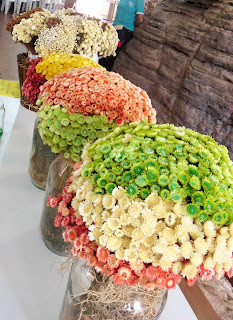With our guide Sergio in the car and the rest of the day to explore, we head out of Lencois on the same roads we drove into the quaint little town on. We enter Park National da Chapada Diamantina heading towards our first destination and soon the roads become partially paved and then gravel surrounded by beautiful landscape filled with rock formations, mesas and gorgeous vegetation. Not sure if the tour guide brought us the most direct way but we really do not care as we arrive at Enchanted Well ready to explore. A small welcome center with friendly Brazilians greet us as we find the last spot in the shade to park out car. We prepare to hike into the cavern just a few meters away. We put on our hard hats equipped with headlights and set off following our fearless
 guide. Into the cave we descent enjoying the beautiful natural wallpaper covering the rocks around. We come to the Enchanted Well which is a giant sunken pool 120 feet deep with water so clear you see the rocks and other items at the bottom of it. When the sun is just right, light coming through the crevices reflects on the water giving it a blue tint. A delicate ecosystem strives way down here so far below the surface. Our time is spent enjoying the quiet hidden away treasure and soon we turn back and return to our car up above. I have to say the hike down was much easier then the return up the winding steps, but I guess that is what one would expect.
guide. Into the cave we descent enjoying the beautiful natural wallpaper covering the rocks around. We come to the Enchanted Well which is a giant sunken pool 120 feet deep with water so clear you see the rocks and other items at the bottom of it. When the sun is just right, light coming through the crevices reflects on the water giving it a blue tint. A delicate ecosystem strives way down here so far below the surface. Our time is spent enjoying the quiet hidden away treasure and soon we turn back and return to our car up above. I have to say the hike down was much easier then the return up the winding steps, but I guess that is what one would expect. 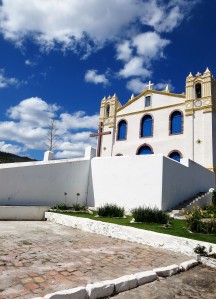 Our time cave exploring is over and after a quick snack it is on to our next destination. Down the dirt roads once again, through color full little towns with their historic churches we travel. We end up in Mucuge Bahia which is the location of our next stop. On the edge of town in front of the "great wall" (a grand embankment) sits Cemetery Santa Izabel. Filled with Byzantine style tombs all stark white standing gloriously against today's blue sky. These artistic tributes to those who have gone before us are primarily from the early 19th
Our time cave exploring is over and after a quick snack it is on to our next destination. Down the dirt roads once again, through color full little towns with their historic churches we travel. We end up in Mucuge Bahia which is the location of our next stop. On the edge of town in front of the "great wall" (a grand embankment) sits Cemetery Santa Izabel. Filled with Byzantine style tombs all stark white standing gloriously against today's blue sky. These artistic tributes to those who have gone before us are primarily from the early 19th 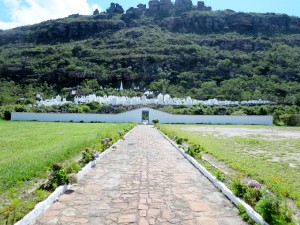 century when outbreaks of cholera and smallpox came to the town and prompted the citizens to bury their dead outside the city limits. As we stroll through the tombstones, it is easy to identify which years the epidemics were more devastating as the number of deaths are higher. If you have not already figured, I find cemeteries to be calm, quiet and full of great art. The Gothic style tributes of this cemetery do not disappoint me as they are truly an adventure in itself with detail surprises throughout. We spend a little over an hour exploring all these ancient creations.
century when outbreaks of cholera and smallpox came to the town and prompted the citizens to bury their dead outside the city limits. As we stroll through the tombstones, it is easy to identify which years the epidemics were more devastating as the number of deaths are higher. If you have not already figured, I find cemeteries to be calm, quiet and full of great art. The Gothic style tributes of this cemetery do not disappoint me as they are truly an adventure in itself with detail surprises throughout. We spend a little over an hour exploring all these ancient creations. 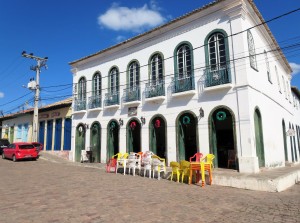 It is a couple of kilometers from Mucuge and that is where we head next to enjoy lunch at a local restaurant on the corner of the town square. After lunch, we do a little exploring of the small town and get some great photos. Settle by Portuguese immigrants in the late eighteenth century, traces of indigenous occupation prior to the present day inhabitants have been discovered in recent years. It is one of the oldest settlements in the region filled with outstanding characteristics and
It is a couple of kilometers from Mucuge and that is where we head next to enjoy lunch at a local restaurant on the corner of the town square. After lunch, we do a little exploring of the small town and get some great photos. Settle by Portuguese immigrants in the late eighteenth century, traces of indigenous occupation prior to the present day inhabitants have been discovered in recent years. It is one of the oldest settlements in the region filled with outstanding characteristics and 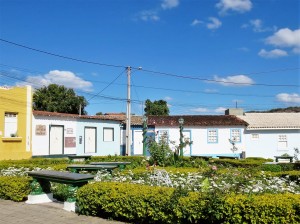
historic colonial mansions of Portuguese style. A thriving community of the Brazilian diamond rush era, its population hit approximately thirty thousand and was an important commercial center in the nineteenth century. Diamonds were discovered in the caves around the city which created it as noteworthy city worldwide and it is said that it had and embassy of France within its city walls. (thanks Wikipedia)
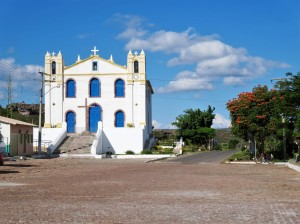
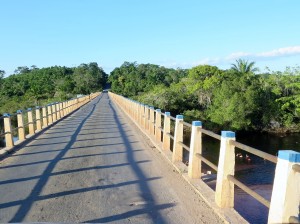 Soon it is time to leave Mucuge and to head to our final stop for the day the "musue vivo do Garimpo (Living Museum of Garimpo). It is a short drive and soon we arrive at the museum on the banks of the Mucugê Creek where the first diamonds were found in Bahia according to legend. Hike the short trail to a nice history center filled with artifacts of the diamond era and local traditions. Diamond cutting tools,
Soon it is time to leave Mucuge and to head to our final stop for the day the "musue vivo do Garimpo (Living Museum of Garimpo). It is a short drive and soon we arrive at the museum on the banks of the Mucugê Creek where the first diamonds were found in Bahia according to legend. Hike the short trail to a nice history center filled with artifacts of the diamond era and local traditions. Diamond cutting tools, 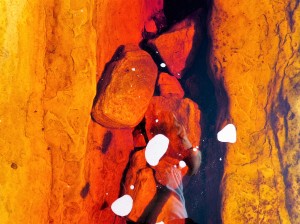
measuring scales, mining tools, and typical clothing of the time are just a few of the artifacts displayed. After our time in the museum we head outside and hike along the creek where the water is red from the minerals. The creek is full of small waterfalls and surrounded by the same amazing landscape and greenery we have enjoyed throughout this reagion. The falls remind me of Sioux Falls although there the rocks are red, not
the water. It is getting l=to be late afternoon so we head back to Lencois for a good night sleep as tomorrow is another travel day onto Salvador. This area would definitely be an part of Brazil I would visit again to see more of the amazing waterfalls, caves, and other natural wonders still left unexplored by me.





